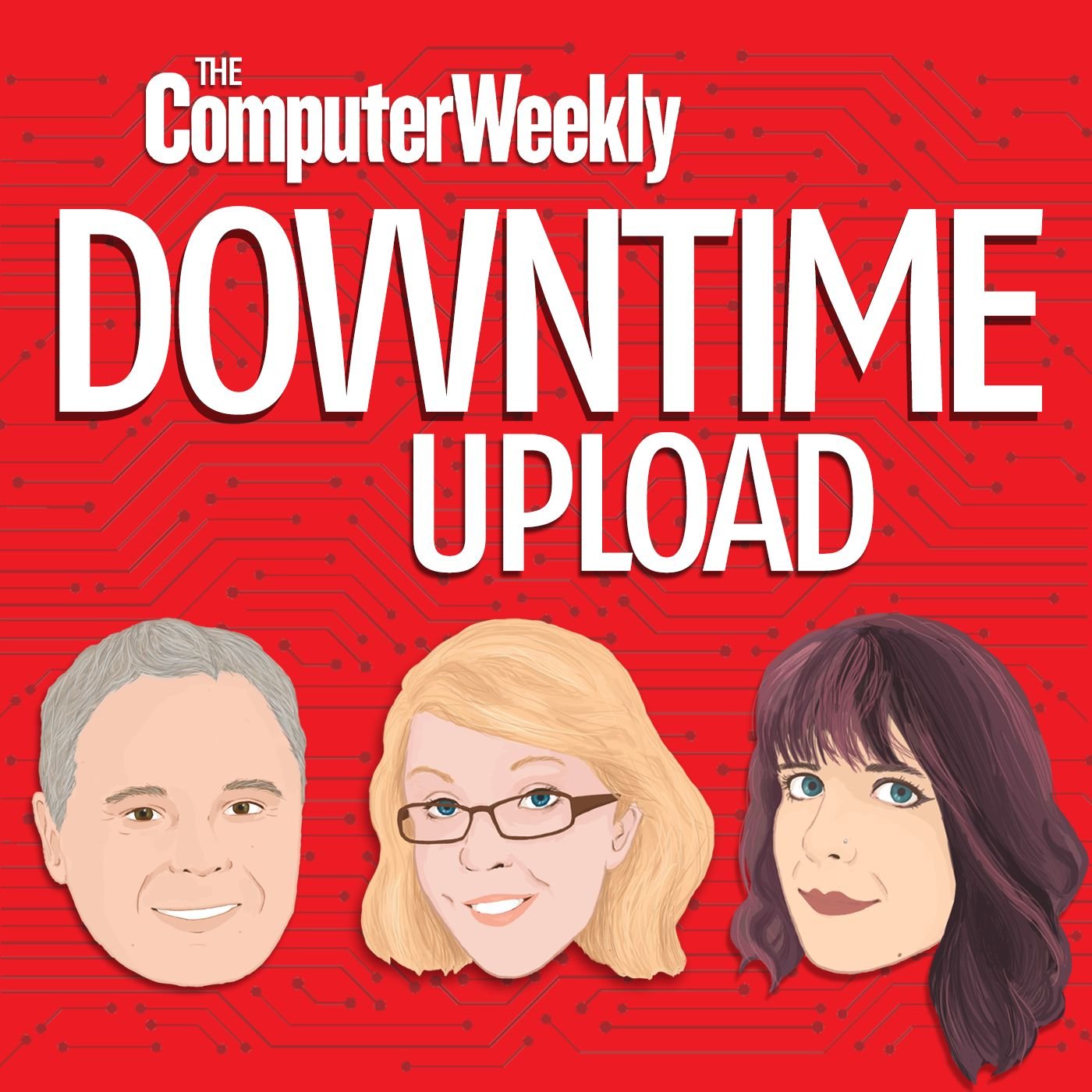
Procurement AI: A Computer Weekly Downtime Upload podcast

We speak to BT’s procurement chief about the role of artificial intelligence and how conversational AI will improve workflows
Cyril Pourrat is head of procurement at BT Sourced, a separate procurement business within telco giant BT. He describes the role of BT Sourced as “buying the right stuff at the right price”.
This is an important consideration, given the company spends billions annually on buying things. “We have absolutely focused on our cost base for all our stakeholders and shareholders,” he says.
BT has spent a number of years digitising finance across the business. Its Making Finance Brilliant Programme has seen the company deploy SAP S/4Hana and SAP’s Ariba procurement platform. It is also using SAP Concur for expense management.
Procurement systems have traditionally been used to track purchase orders and provide the procurement team with a side-by-side comparison of goods and services. Pourrat believes the ability to pull in historical data from the enterprise resource planning (ERP) system and track purchasing across BT Group is key to understanding spending trends and making more informed supplier negotiations.
His ambition is to run BT Sourced in a different way to other telcos. “We want you to fully leverage AI [artificial intelligence], machine learning and the digital ecosystem,” he says. This, according to Pourrat, will enable BT Sourced to run procurement in a different way to other telcos. “We truly believe that digital is the way to go. This is the way that technology will enable procurement to change.”
As part of this strategy, BT Sourced has deployed an AI-powered smart sourcing platform from Globality to transform how employees source and procure services. Pourrat says even people who are not procurement professionals are able to use the Globality platform.
For Pourrat, enterprise software needs to be “consumer grade”, which means users don’t need training to understand it. “We want everything to be achieved in two clicks, and ideally just by speaking,” he says.
The promise of natural language query processing is that it will greatly simplify the way users interact with business software that drives the procurement process.
For instance, he says users simply need to answer a set of questions. “They will just enter their answer in natural language and the tool will be able to create a statement of work, which will be sent to our preferred suppliers,” he says.
Once it has been received, the supplier is then able to respond directly using BT’s procurement platform and the user is able to track its progress.
By simplifying the workflow, Pourrat believes the procurement team is able to focus on data analytics to improve supplier management and help with decision-making.
He says: “What does it mean if I’m moving a bit more left or a bit more right? What are the consequences?” In the past, he says, those working in procurement needed a lot of knowledge in the area they specialised in to help them make such decisions.
The level of detail available from the procurement data makes it possible to understand how much is being spent with a particular supplier on a month-by-month basis. This becomes a stepping stone to predictive procurement.


